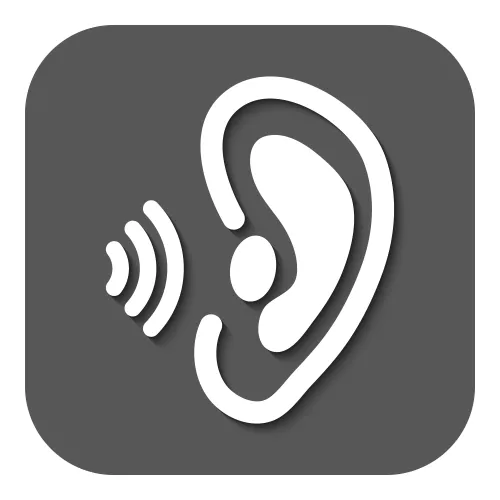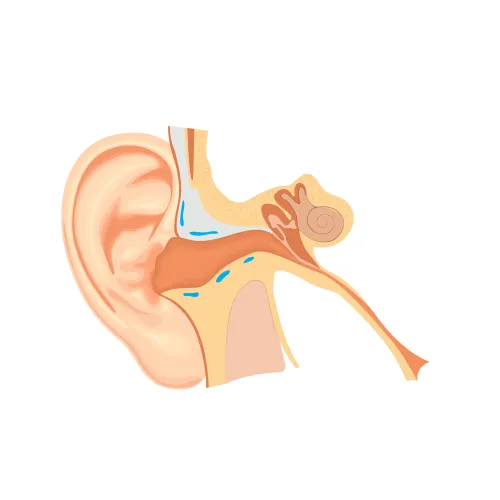Let 3 Scenarios Guide Your Coding for Separate Ear Tube Removal
Some circumstances will let you move past only E/M reporting.
Simple procedures such as ear tube removal often are part of the E/M visit for that day, but sometimes you’re allowed to report the removal separately. Just pay attention to circumstances to know when you can justify the extra codes – like in the following three situations.
Starting Point: Check Your E/M Elements
Remember an E/M service includes three key components: history, exam and medical-decision making along with medical necessity to perform the service. If the physician merely removes the patient’s ear tubes (which can take only seconds) and medical necessity does not require a separate and significantly identifiable history and/or exam, documentation may not support even the lowest-level E/M service, says Barbara J. Cobuzzi, MBA, CPC, CENTC, CPC-H, CPC-P, CPC-I, CHCC, president of CRN Healthcare Solutions, a consulting firm in Tinton Falls, N.J.
What it means: In most cases, you should consider ear tube removal as a component of any E/M service the otolaryngologist provides during the same visit. Not only do you need medical necessity to bill for both an E/M service and a minor procedure, you need two out of three key components (history, exam, and medical decision making) to support a given service level for an established patient, and three out of three key components to support a given level of service for a new patient.
Caveat: Keep in mind that there is a special situation when the physician does not have to document a separate history, exam and medical decision making (2 of the 3), but does document that she counseled the patient and parent on care of the ear, indicating the total time and how long the counseling time was, there is a chance that you can report an EM code based on time if the counseling time represents greater than 50% of the total time of the encounter.
Steer Clear of Certain Codes
For in-office ventilating tube removal, you should never report 69799 (Unlisted procedure, middle ear). Likewise, you should not report 69424 (Ventilating tube removal requiring general anesthesia) with modifier 52 (Reduced services) appended. If removing the ventilating tubes does not require a return to the OR with anesthesia, 69424 is never appropriate because use of the general anesthesia is an integral qualifier for 69424, Cobuzzi says.
Look for Potential Coding Opportunities
If circumstances lead to more work than a simple ear tube removal in the office, you might be able to submit a surgical code in addition to (or in place of) an E/M code. The following three cases are good examples of when higher-level coding would apply.
Case 1: Tympanic Repair. If your physician must perform a tympanic repair (or so-called “paper patch”) as a result of the tube removal, you may report this procedure separately using 69610 (Tympanic membrane repair, with or without site preparation of perforation for closure, with or without patch). If you report 69610, you probably would not also include an E/M code unless the otolaryngologist documents a significant and separately identifiable E/M service. If documentation supports such a service, be sure to append modifier 25 (Significant, separately identifiable evaluation and management service by the same physician or other qualified health care professional on the same day of the procedure or other service) to the appropriate E/M service code.
Case 2: Microscope Use. If the physician must use a binocular microscope to aid in tube removal, you may report 92504 (Binocular microscopy [separate diagnostic procedure]). Remember that the designation of “separate procedure” means you can only report 92504 if the physician does not perform any other ear procedure at the same time.
Example: You shouldn’t report 92504 with 69210 (Removal impacted cerumen requiring instrumentation, unilateral), for instance, if the otolaryngologist performs both procedures on the same anatomic area. In this case, the “separate procedure” designation with 92504 means you cannot report the procedure in addition to 69210.
Since 92504 is an “xxx” global period CPT® code, you should not need a 25 modifier if the physician performed an E/M service in addition to the binocular microscopy to assist the removal of the tube. But, NCCI states that “xxx” global period codes are considered to have a small E/M component. As a result, it will be up to your payer to determine whether you need modifier 25 on the E/M service in addition to 92504 in order to be paid for both services.
Case 3: Removal in OR. When the surgeon removes tubes in the OR under general anesthesia after the global period of 69436 (Tympanostomy [requiring insertion of ventilating tube], general anesthesia) expires, you can submit 69424 with no modifier appended.
If the surgeon must return the patient to the OR within the global period of 69436 for tube removal, you would report 69424 appended with modifier 78 (Unplanned return to the operating/procedure room by the same physician or other qualified health care professional following initial procedure for a related procedure during the postoperative period). Tube removals during the global period of 69436 for a Medicare patient that do not require a return to the OR are considered incidental to the global period of the tympanostomy. It is rare that the physician removes the tubes within the global period. You may not report these services separately.
Payer note: On the other hand, for non-Medicare patients, you should not include the treatment of complications in the no charge global period, per AMA guidelines. In other words, if the tube removal was due to a complication for a non-Medicare patient and performed in the office, you can report the tube removal with a modifier 79 (Unrelated procedure or service by the same physician or other qualified health care professional during the postoperative period). Your diagnosis should be the complication diagnosis, such as 998.59 (Other postoperative infection).




